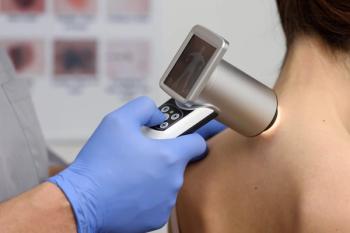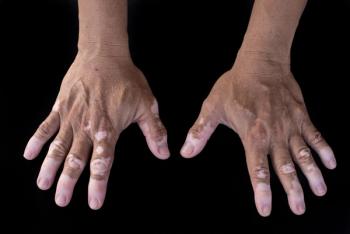
The Global Impact of Underfunding Women’s Health
Bias and stigma are to blame for the way women’s health research has fallen behind, according to Monica Christmas, M.D., director of UChicago Medicine’s menopause program and the Center for Women's Integrated Health and Valentina Sartori, Ph.D., a partner in McKinsey & Company’s Life Sciences Practice, and affiliated leader of the McKinsey Health Institute.
Women’s health research, including menopause research, is largely underfunded due to social stigma and because women’s bodies are still viewed through a male lens, according to industry experts Monica Christmas, M.D., director of UChicago Medicine’s menopause program and the Center for Women's Integrated Health and Valentina Sartori, Ph.D., a partner in McKinsey & Company’s Life Sciences Practice, and affiliated leader of the McKinsey Health Institute.
On average, women spend 25% more of their lives in poorer health than men, according to a recent
“Women's health issues don't get funded as well as other medical conditions, and certainly not something that's in the reproductive realm of things,” Christmas said in a Managed Healthcare Executive interview. “There's a social stigma around aging, in particular for women, and some of that is reflected in how research dollars are awarded.”
An international Menopause Priority Setting Partnership (MAPS) survey led by the University of Chicago Medicine asked women from 42 countries what their top three questions about menopause were. Results showed include questions about nonhormonal alternatives, helpful lifestyle changes and about sleep and cognitive challenges. The finalized 10 priorities were published in a Dec. 21 research letter in the
“We have taken a lens that has not been tailored to the uniqueness right of the female body and applied the same concepts that have worked for men,” Sartori added. “We see data that shows for 100 menstruating women only 30, then are in menopause, and you're like, where have the other 70 gone? There is a significant misrepresentation, because there is limited diagnosis.”
Newsletter
Get the latest industry news, event updates, and more from Managed healthcare Executive.






















































